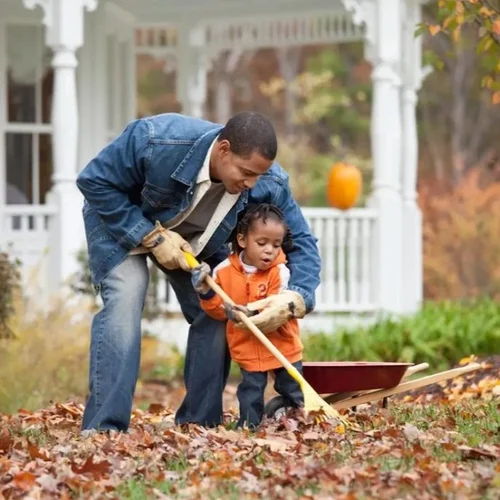Choosing the Right Real Estate Agent: A Guide for Homebuyers and Sellers
Choosing the Right Real Estate Agent: A Guide for Homebuyers and Sellers When buying or selling a home, one of the most important decisions you'll make is choosing the right real estate agent. An experienced and knowledgeable agent can make a world of difference in your real estate transaction. In
Essential Home Repairs: A Guide for Homeowners
Essential Home Repairs: A Guide for Homeowners Keeping a home in good condition requires regular maintenance and occasional repairs. As a homeowner, understanding the essential home repairs can save you time, money, and potential headaches down the road. In this blog post, we will explore some com
Preparing Your Home for Fall: Essential Tips and Tricks
Preparing Your Home for Fall: Essential Tips and Tricks As the leaves begin to change colors and the temperature starts to drop, it's time to prepare your home for the upcoming fall season. Whether you're a homeowner looking to create a cozy and inviting atmosphere or a real estate agent helping c

Cassie Montano
Phone:+1(801) 374-1973





